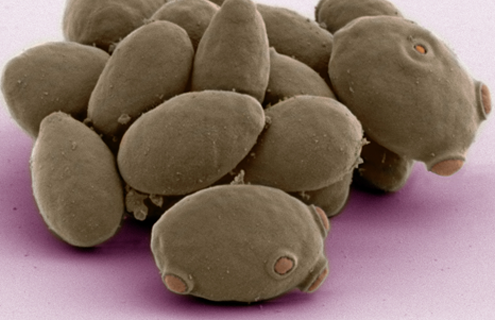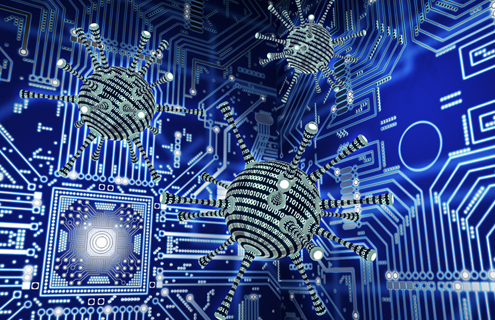From advancements in drug development and vaccine manufacturing to novel methods of bioremediation and biocontrol—synthetic biology offers a plethora of solutions for various societal problems. This well-established field of research combines science and engineering to gain a deeper understanding of how genetic parts work together and how they can be combined to produce useful applications toward improving human and environmental health.
With significant advancements in DNA synthesis and sequencing, the synthetic biology community has made astounding progress throughout the years. In medicine, synthetic biology has been applied to yeast systems to produce a number of medically relevant substances, including antioxidants, anticancer compounds, and antimicrobials. One prominent example is the production of artemisinic acid—a precursor to the antimalarial artemisinin—in Saccharomyces cerevisiae yeast. To produce the artemisinin-based combination therapies (ACTs) needed to treat malaria, a steady supply of artemisinin is essential.
However, because this compound is a natural product of the plant Artemisia annua, its production is dependent on plant health, weather conditions, and harvest. As a result, the supply and price of ACTs have significantly fluctuated. As a solution to this problem, synthetic biologists have engineered yeast to produce the artemisinic acid precursor, which is then chemically converted to semisynthetic artemisinin. This process not only enables the efficient production of a steady supply of artemisinin, it provides a means to scale-up the production of antimalarial treatments while lowering the average annual price.
Likewise, synthetic biology offers a powerful solution for cleaning up the environment. Many industrial processes, such as the production of cosmetics, pesticides, plastics, and pharmaceuticals, generate wastes that are harmful to the environment. Synthetic biology–based approaches can be used to tackle this problem throughout the development workflow. For instance, chemical processes could be replaced with biological processes to create biopolymers such as degradable plastics or biofuels. Alternatively, microorganisms can be synthetically developed for use in monitoring pollutant levels or removing wastes from water and soil. For example, wastewater effluents from metal refineries are frequently contaminated with heavy metal ions, which are hazardous to human health. Microorganisms can be genetically engineered to remediate this wastewater through the over production of metal-chelating proteins or through the enhanced ability to accumulate metal.
While there have been numerous advancements in the field of synthetic biology, there is still more that we can discover. Explore our resources to learn more about this exciting field of research.
Discover how to Build Complex Genetic Circuits
Create complex genetic circuits

Unravel regulatory networks
Complex behavior within eukaryotic cells manifest from layered regulatory networks. To systematically study these pathways, researchers can modulate individual components by building new network architectures.
Discover how
Build your own genetic circuits
Building complex genetic circuits doesn’t have to be difficult. Explore how you can assemble multiple transcriptional units by using a two-stage process and individual genetic components.
Download the guideBuild your own biological system
Synthetic biology offers a powerful tool for changing the way we treat diseases and manage environmental challenges. At ATCC, we are committed to supporting researchers in this incredible field of research by providing the tools and information needed to create complex genetic circuits in yeasts. With our two-stage assembly system, researchers can build multiple transcriptional units in parallel, enabling individual elements to be swapped out quickly and easily. Discover how to build your own genetic circuits in yeast with our growing selection of vectors, promoters, and selection markers.
Build Your Own Circuits